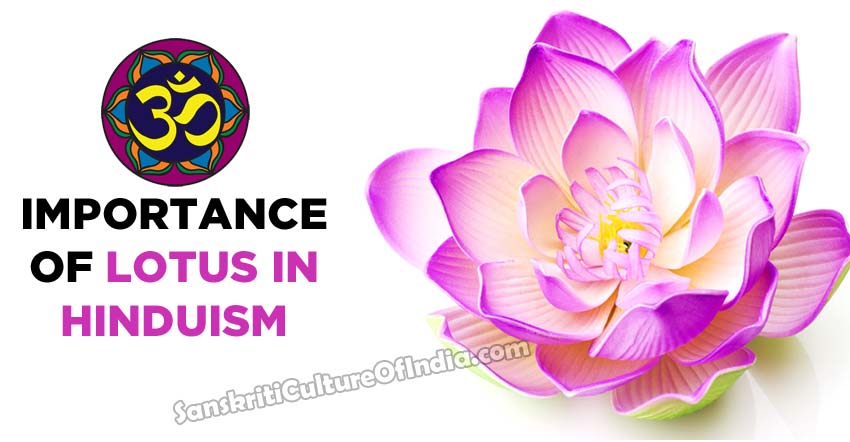In Hindu spiritual contemplation the lotus has a special place. It is not only considered pure and beautiful, but also a symbol of goodwill, peace, prosperity and happiness. It helps get rid of unpleasant things and is referred to as the king of flowers.
According to the Puranas, it is said that a lotus emerged from the navel of Lord Vishnu. Brahma was seated on the lotus. Thereafter, he proceeded to create mankind. Brahma, Saraswait, Lakshmi and other Gods and Goddesses have used the lotus as a seat. When it was important to them, could it be any less to others?
The symbol of Lakshmi and prosperity, it is customary to offer the lotus in prayer to several Gods. In many instances, the number of flowers to be offered is also mentioned as a condition for conducting certain yagyas and ceremonies.
The lotus grows in mud and water, yet it is untouched or affected by either of them. This quality motivates one to live a life and is symbolic of the fact that undesirable elements can be refined and converted into superior and useful items. The blossoming of the lotus is considered auspicious and blesed.
Temples are given the shape of a closed lotus bud. The shape of the eart too is similar to a closed lotus flower. To awaken the kundalini, yogis suggest the division of the eight discs into sections. Each division is referred to as a kamal (lotus). Only through this division can one attain knowledge of Brahman.
In the Shatpat Brahman, the forepart of the uterus in a woman has been equated with the lotus. Both are symbols of creation. In the Lalit Vistar Granth, Buddhists have equated the lotus to a combination of eight important things. It is indeed a unique flower and Hindu religious texts have given it an extraordinary place for use as an offering to God.
~ Prem Bhalla











